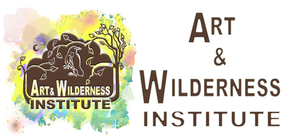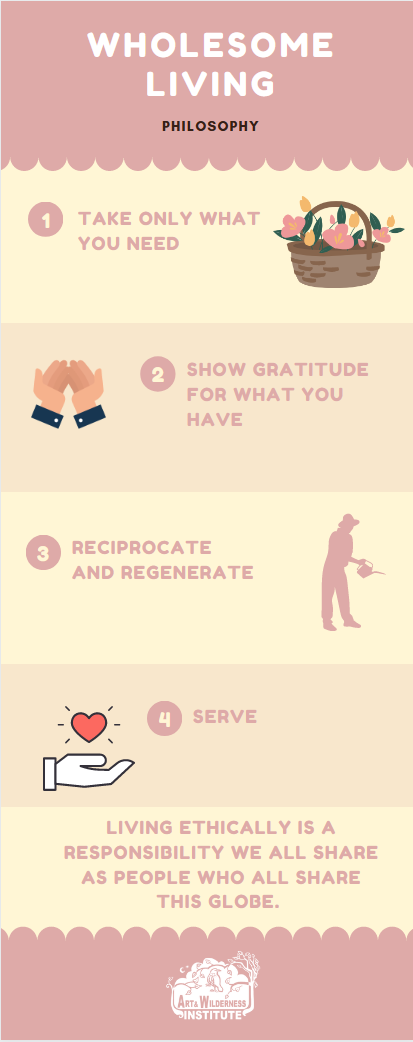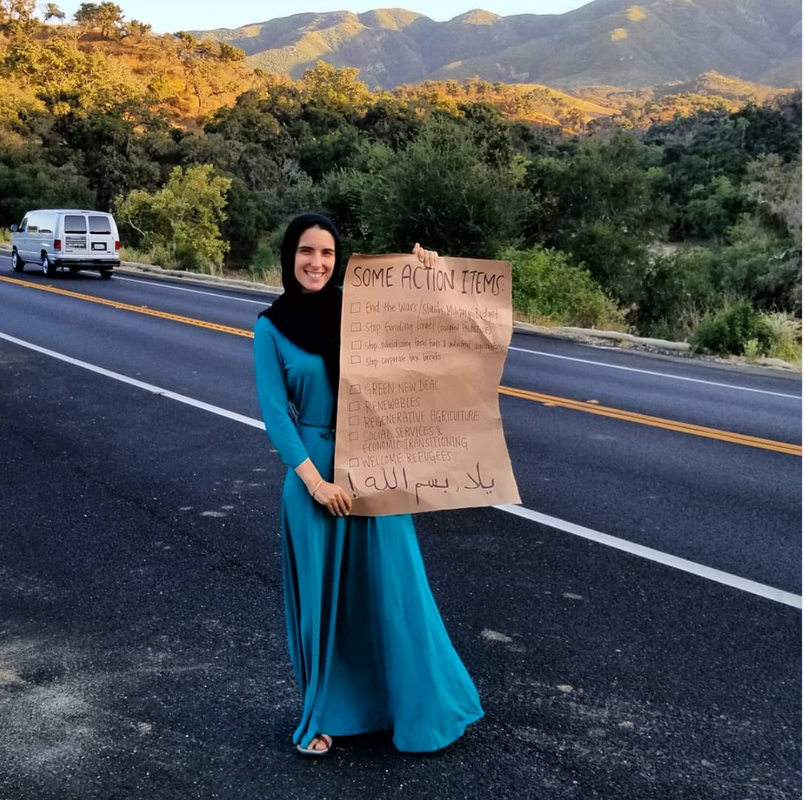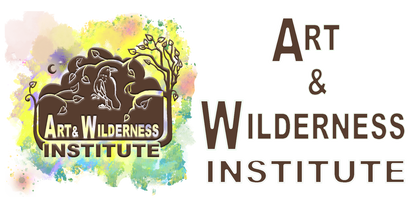LOCAL COMPANIES
|
A healthy ecosystem provides for all the needs of the organisms within it. Ecosystems are made up of millions of different actors, each playing a role that sustains the entire system. Human society is encompassed within the biological ecosystem that they inhabit, a microsystem that is inextricably linked to the broader web. In general, the human’s role is as steward and cultivator. There are as many ways to fulfill this role as there are passions and skills. If you could peer into the hearts of each one of your neighbors, you would find interests as varied as baking, chemical experimentation, urban planning, marketing, construction, organizing, gardening and pottery. And if we could know (rather, remember) the role of each plant and animal, we would find that just on our block there are expert dust cleaners, materials for making baskets, plenty of seasonal medicine and food.
Backyard Bees was started by a beekeeper in Orange County that wanted to do something about the bee crisis. Janet Andrews and a team now help rescue bees from being exterminated by relocating them to welcoming homes around OC. The honey produced by these bees are given to the resident host, sold and the beeswax is used to make products ranging from soap to sunscreen. https://www.backyardbees.net/shop/ Brush with Bamboo/ Planet Cleanware is a business started by the Kumar family in Pomona. I love this family. Their toothbrushes are made from sustainably grown and harvested bamboo, crafted by artisans in a Chinese mountain village with more than a thousand years history of bamboo craftsmanship. In addition to oral hygiene, hairbrushes and luffa sponges, they carry some of my favorite stainless steel reusable containers. https://www.brushwithbamboo.com/shop/ Farmer Rishi started a regenerative urban garden which I apprentice at. Him and his mother, Manju, taught me everything I know about food systems. https://farmerrishi.com/ |
BULK STORES
|
INDUSTRIAL AGRICULTURE VS. ECOSYSTEM FARMING
Industrial Agriculture VS Ecosystem Farming
Where does the food that we find at the grocery store come from? The general system looks something like this: an umbrella company contracts smaller farms, or several really big ones, to grow a certain vegetable, fruit or grain. They want them all to grow fast, look great, and look the same. To achieve this, they use pesticides to kill pests that see the vulnerable patch of vegetables, with no ecosystem diversity to balance them out. These pesticides are often sprayed by low payed workers that end up getting sick from the toxins. Also, because the pesticides destroy the microbiology that help vegetables grow, they put tons of fertilizer on the ground as well. More than what is needed, just in case. A lot of that fertilizer runs off with water into rivers and eventually the ocean where it fertilizes the plant life, causing an algae bloom. The algae take up a lot of the oxygen from the water, making it harder for marine life to life. Run off fertilizer ends up causing huge ‘dead zones’ in the ocean. Now back to the farm. Low payed workers pick the vegetables, they are transported to an refrigeration compound where they are washed and packaged. Then they travel all over the country to distribution centers in refrigerated trucks. All this refrigeration takes a lot of energy. Eventually it gets to the shelves of your grocery store. You’re probably going to explore the other aisles of the grocery store too. There are tons of manufactured food stuff. Many of them were thought up as a way to turn the crazy amount of excess corn into money. The meat aisle is basically a manufactured corn field as well. Most cows are taken off pasture and squeezed into concentrated animal factory operations to be fattened up with… again the excess corn. This modified diet makes them sick, so they need antibiotics. Their cramped living arrangement means that water, food and even their waste, which is fertilizer on pasture, needs to be shipped in and out. It’s a terrible situation for everyone: the animals, the land, the workers, and us.
Farmers Markets:
https://www.cdfa.ca.gov/is/docs/CurrentMrktsCounty.pdf
Where does the food that we find at the grocery store come from? The general system looks something like this: an umbrella company contracts smaller farms, or several really big ones, to grow a certain vegetable, fruit or grain. They want them all to grow fast, look great, and look the same. To achieve this, they use pesticides to kill pests that see the vulnerable patch of vegetables, with no ecosystem diversity to balance them out. These pesticides are often sprayed by low payed workers that end up getting sick from the toxins. Also, because the pesticides destroy the microbiology that help vegetables grow, they put tons of fertilizer on the ground as well. More than what is needed, just in case. A lot of that fertilizer runs off with water into rivers and eventually the ocean where it fertilizes the plant life, causing an algae bloom. The algae take up a lot of the oxygen from the water, making it harder for marine life to life. Run off fertilizer ends up causing huge ‘dead zones’ in the ocean. Now back to the farm. Low payed workers pick the vegetables, they are transported to an refrigeration compound where they are washed and packaged. Then they travel all over the country to distribution centers in refrigerated trucks. All this refrigeration takes a lot of energy. Eventually it gets to the shelves of your grocery store. You’re probably going to explore the other aisles of the grocery store too. There are tons of manufactured food stuff. Many of them were thought up as a way to turn the crazy amount of excess corn into money. The meat aisle is basically a manufactured corn field as well. Most cows are taken off pasture and squeezed into concentrated animal factory operations to be fattened up with… again the excess corn. This modified diet makes them sick, so they need antibiotics. Their cramped living arrangement means that water, food and even their waste, which is fertilizer on pasture, needs to be shipped in and out. It’s a terrible situation for everyone: the animals, the land, the workers, and us.
Farmers Markets:
https://www.cdfa.ca.gov/is/docs/CurrentMrktsCounty.pdf
PACKAGING
Questions to Ask when thinking about packaging:
- Did it travel a far distance? Lighter packaging materials mean less of a carbon footprint due to transportation. The impact of transportation is higher than the impact of packaging.
- Is it sustainably harvested? Before coal was discovered, wood was used for everything. Diverse, old, established forests were cut down and replaced with whatever the prized plant was at the time. We need to preserve and restore these ecosystems. That includes the sand used to make glass and the mountains mined for metals. Look for well known certification labels and evidence of third-party assessments.
- What percentage is recycled content? Recycling is a business. If we aren’t buying recycled products, then there will be no market and incentive for businesses to be paying for recycled material.
- Are there details about claims to being “biodegradable” or “compostable”? Everything will degrade into its chemical components, eventually. Is it 100 years in the ocean under constant heat or is it in 2 months, buried in your backyard? You want to ask similar questions about compostable: are you being told you can put it in your backyard compost pile or it requires a special facility that is not available in your community?
- Can it be reused, reassembled or repurposed after use? This is the goal: that nothing is wasted
LETS GET EDUCATED!
|
Podcasts
Books
Documentaries, Movies & Series Climate Change
Consumerism/Capitalism
Food
Fast Fashion
Plastic Pollution
Solutions
Ecosystem Advocacy/Conservation
Children Movies: https://eco-age.com/news/childrens-movies-green-theme
|
WORKSHOPS
|
AWI SUSTAINABILITY COORDINATOR
Mona Benanni received her Permaculture Design Certification from Zaytuna College Center for Ethical Living, previously worked for the United Nations Peacebuilding Support Office on a global youth study and as a water security consultant for EcoPeace Middle East to start a cross border environmental peacebuilding program in the Kurdistan Region of Iraq. She is the Sustainability Coordinator for the Art and Wilderness Institute and is passionately devoted to living a wholesome life. You can follow her instagram account to see her daily blog and lifestyle on transformative living. She holds a MS in Global Affairs from New York University. |



